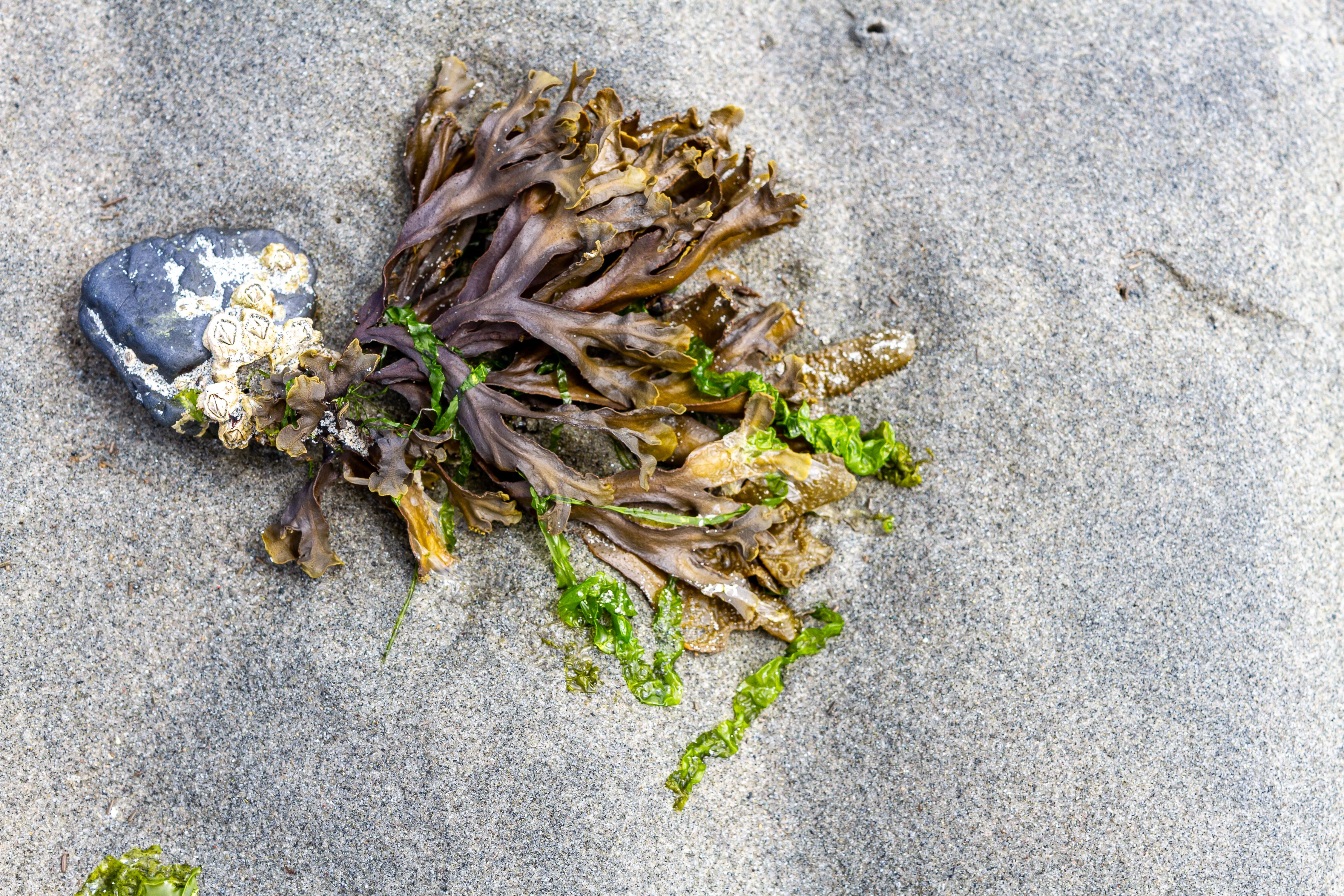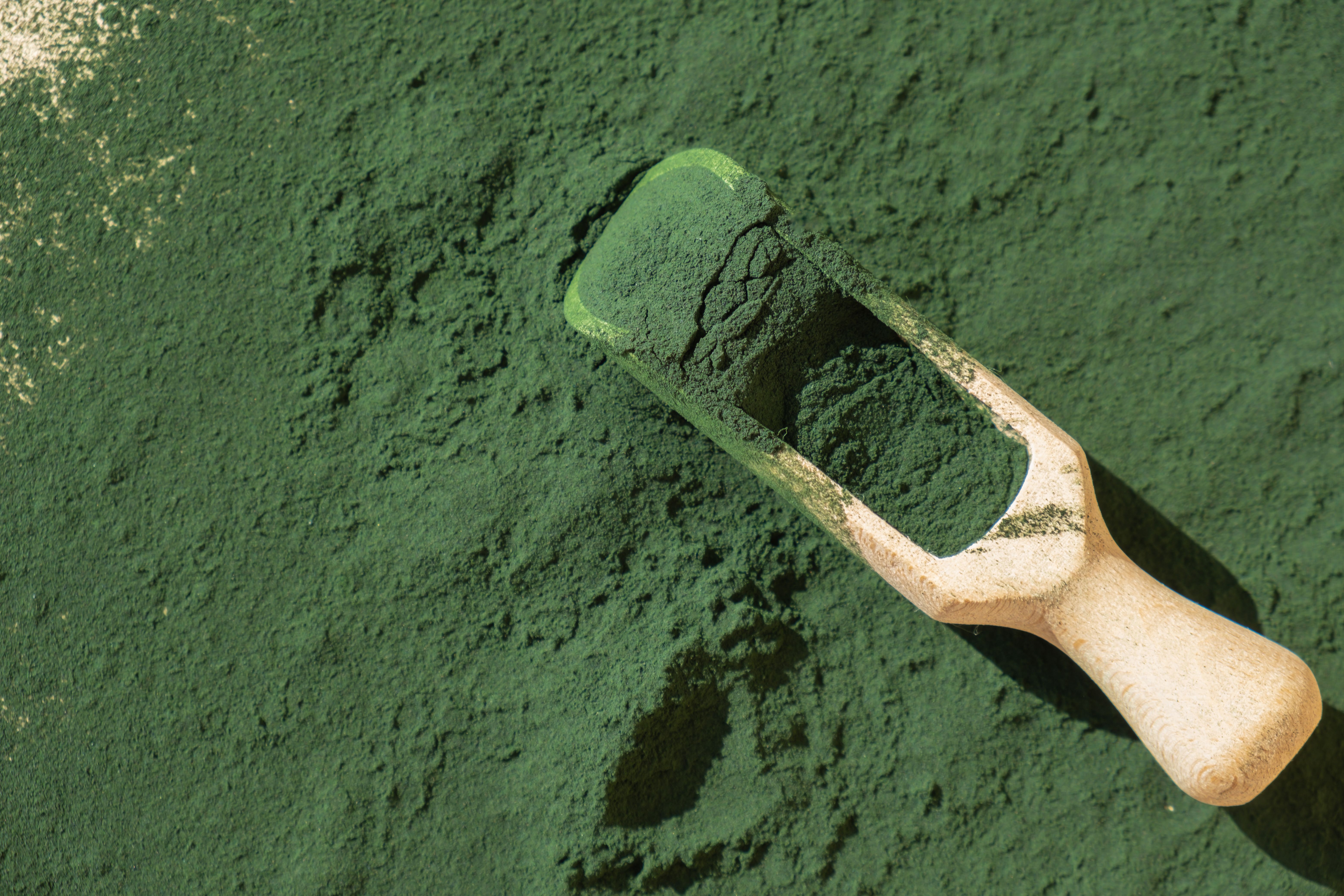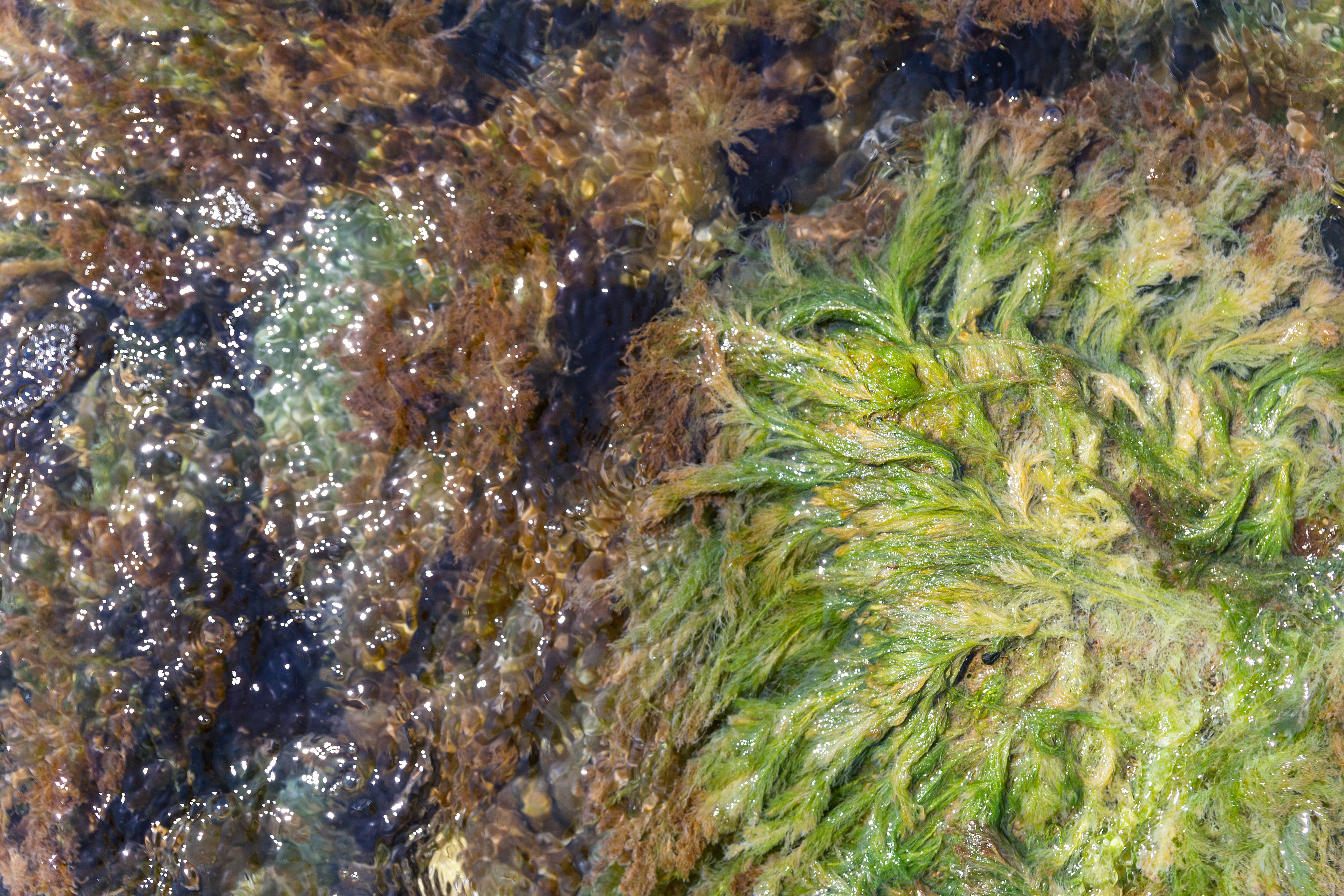Bladderwrack: From Animal Feed to Human Superfood
Introduction to Bladderwrack
Bladderwrack, a type of brown seaweed scientifically known as Fucus vesiculosus, has been revered for centuries for its myriad uses and benefits. Although it has traditionally been used as animal feed, recent studies have catapulted it into the spotlight as a potential human superfood. This unassuming seaweed, found along the coasts of the North Sea, the western Baltic Sea, and the Atlantic and Pacific Oceans, is making waves for its nutritional and medicinal properties.
Rich in nutrients and minerals, bladderwrack is quickly gaining recognition as a sustainable food source. But what makes bladderwrack so special? Let's dive into its transformation from animal feed to human superfood.

Nutritional Profile of Bladderwrack
Bladderwrack is packed with a variety of essential nutrients that are beneficial to human health. It contains high levels of iodine, which is crucial for thyroid function and metabolic regulation. Additionally, it offers a rich source of dietary fiber, helping to support healthy digestion and reduce cholesterol levels.
Moreover, bladderwrack is abundant in vitamins such as A, C, E, and a range of B vitamins. It also contains minerals like calcium, magnesium, and potassium, which are vital for maintaining overall health. These nutrients make bladderwrack a powerhouse of nutrition, perfect for supporting a balanced diet.

Health Benefits of Bladderwrack
The health benefits of bladderwrack extend beyond its nutritional content. It has been used in traditional medicine to treat various ailments, from digestive disorders to joint pain. The presence of antioxidants in bladderwrack helps protect the body from oxidative stress and inflammation, promoting overall wellness.
One of the standout components of bladderwrack is fucoidan, a compound known for its anti-inflammatory and immune-boosting properties. This makes bladderwrack an ideal addition to one's diet for bolstering immunity and reducing inflammation-related conditions.

Sustainable Harvesting and Environmental Impact
As interest in bladderwrack grows, so does the focus on sustainable harvesting practices. Ensuring that bladderwrack is collected responsibly not only protects marine ecosystems but also guarantees a continuous supply of this valuable resource. Sustainable practices help maintain biodiversity and prevent overharvesting, ensuring that bladderwrack remains available for future generations.
Furthermore, cultivating bladderwrack offers an environmentally friendly way to produce food without depleting terrestrial resources. Seaweed farming can help reduce carbon footprints and even improve water quality by absorbing excess nutrients from the ocean.
How to Incorporate Bladderwrack into Your Diet
Incorporating bladderwrack into your diet is easier than you might think. Available in various forms such as powders, capsules, or dried whole pieces, bladderwrack can be added to smoothies, soups, or salads for an extra nutritional boost. Its slightly salty flavor makes it an excellent seasoning or garnish for a wide range of dishes.
For those new to seaweed consumption, starting with a small amount is recommended to allow your body to adjust. As with any supplement, it's always best to consult with a healthcare professional before significantly changing your diet.

Conclusion
Bladderwrack's journey from animal feed to human superfood highlights the potential of harnessing nature's bounty for enhancing health and wellness. With its impressive nutritional profile and numerous health benefits, bladderwrack represents a sustainable and versatile addition to modern diets.
As research continues to explore the full potential of this remarkable seaweed, one thing is clear: bladderwrack is more than just a food trend; it's a testament to the power of the ocean's resources in promoting human health.
